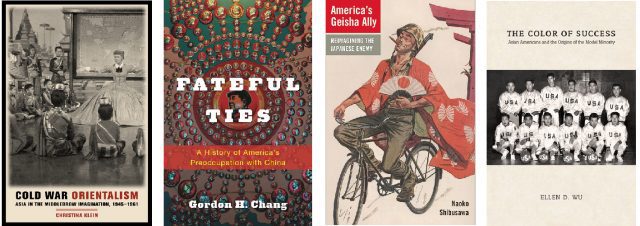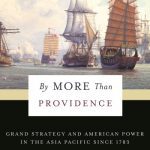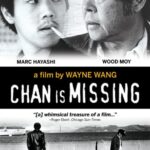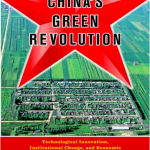By Madeline Hsu
Liping Bu, Making the World like Us: Education, Cultural Expansion, and the American Century (2003).
Entwining education, missionary, and international history, Bu traces the overlapping influence of these constituencies in the evolution of international education programs in the United States. The YMCA and the privately run, foundation funded Institute for International Education set the ground rules and institutional practices for fostering international education in the United States with the goal of promoting U.S. influence abroad, agendas and strategies coopted by the Department of State after World War II.
Gordon Chang, Fateful Ties: A History of America’s Preoccupation with China (2015).
Since colonial times, Americans have been fascinated by the promise of great fortune and material prosperity through trade and other kinds of relations with China. Even the discovery of the American continents was driven by the European quest for more direct routes to acquire Chinese silks, porcelains, and tea. China’s ancient civilization attracted admiration even as its seemingly irreconcilable differences drew disdain and contempt. As skillfully depicted by senior historian, Gordon Chang, this love-hate has evolved across several centuries of contested friendship and enmity, and characterizes early 21st century fears and hopes even as China ascends again to world power status.
Christina Klein, Cold War Orientalism: Asia in the Middlebrow Imagination, 1945-1961 (2003).
Klein scrutinizes “middle-brow” American culture at the mid-twentieth-century to reveal how such popular entertainments such as Rogers and Hammerstein musicals, James Michener novels, and Pulitzer Prize winning plays such as “Sayonara” convey U.S. efforts to display and persuade of American integration of Asians and Pacific Islanders and its benevolent domination of the Pacific world.
Naoko Shibusawa, America’s Geisha Ally: Reimagining the Japanese Enemy (2006).
This vivid cultural history of the rapid transformation of Japan from America’s deadly foe to best friend in Asia after World War II. American views of Japanese shifted from rejection of male labor competitors and fascist military enemies to embrace of ultrafeminine geishas, wives, and prostitutes stemming from the US military occupation (1945-1952) of Japan. These changing relations produced not only new immigration influxes of war brides and professional class shin issei, but also secured the close economic and political partnership of the two former enemies.
Ellen Wu, The Color of Success: Asian Americans and the Origins of the Model Minority (2014).
This comparative study tracks the remaking of outcast Chinese and Japanese Americans after World War II through government programs and media representations that emphasized their positive cultural traits such as family values, hard work ethic, self-sufficiency, and respect for law, even though both communities still faced significant issues such as high rates of juvenile delinquency, under and unemployment, poor health outcomes, and other forms of urban blight. Wu argues that such campaigns to position Asian Americans as “definitely not-black,” in contrast to their pre-war condition as “definitely not-white,” has fed the model minority image as a form of rebuke to minority populations associated with lower levels of attainment.




